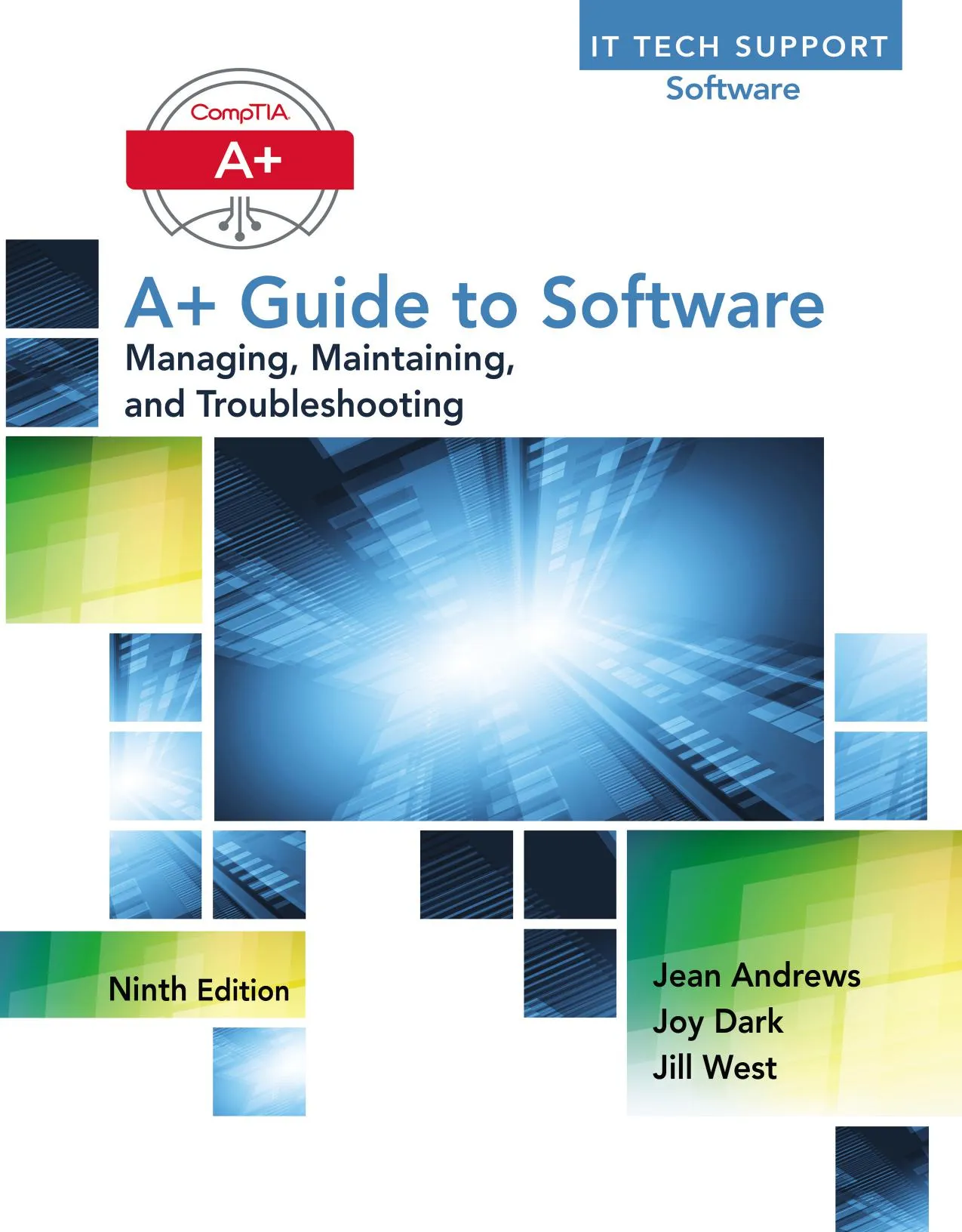Automated Software Engineering
4.0
Reviews from our users

You Can Ask your questions from this book's AI after Login
Each download or ask from book AI costs 2 points. To earn more free points, please visit the Points Guide Page and complete some valuable actions.Related Refrences:
"Automated Software Engineering" by Rachel Harrison and Tim Menzies is an insightful exploration of the methodologies, tools, and practices that drive automation in the software development lifecycle. Pages 143–144 distill complex concepts into a concise, yet rich narrative centered on the integration of automation into modern engineering workflows. Written by renowned experts in software engineering, this book offers both theoretical frameworks and practical strategies that empower developers, project managers, and researchers to leverage automation for optimized productivity, quality assurance, and innovation.
Detailed Summary of the Book
Within "Automated Software Engineering," Harrison and Menzies examine how automation transforms the traditional processes of design, coding, testing, and deployment into streamlined, efficient operations. The text delves into automated code generation, static and dynamic analysis, continuous integration pipelines, intelligent debugging systems, and AI-driven testing.
Pages 143–144 specifically highlight the intersection between human creativity and machine efficiency. The authors emphasize that automation is not about replacing human engineers, but augmenting their abilities through well-designed tools and frameworks. The discussion includes practical examples of how advanced algorithms can detect faults in large-scale software systems, optimizing performance without compromising maintainability.
The book balances academic rigor with accessibility, making complex subjects such as machine learning in software engineering understandable for practitioners while still grounded in scholarly research. Through case studies and empirical data, the authors illustrate how automation has been successfully implemented across diverse industries, including finance, healthcare, embedded systems, and large-scale enterprise applications.
Key Takeaways
- Automation in software engineering improves efficiency, accuracy, and reliability while reducing human error.
- Integration of automated tools can enhance collaboration between developers, testers, and operations teams.
- Artificial intelligence plays a critical role in predictive modeling and intelligent decision-making during development.
- Continuous integration and deployment pipelines rely on automated processes for speed and scalability.
- Automation should complement—not replace—human creativity and problem-solving abilities.
- Well-designed automated systems require significant upfront investment but yield long-term benefits in product quality and delivery time.
Famous Quotes from the Book
While much of the book is deeply technical, Harrison and Menzies offer insightful reflections that resonate beyond academia. Notable passages include:
"Automation is not merely a tool; it is an evolving partner in the engineering process, shaping the way we think, design, and deliver."
"The true measure of automated software engineering is found not in faster code, but in better decisions."
"Our goal is to work in a world where human insight and artificial intelligence converge seamlessly."
Why This Book Matters
This book is a critical resource for anyone involved in the creation, maintenance, or management of software systems. As the complexity of software increases, automation becomes indispensable—not simply for efficiency, but for enabling innovations that would be impossible with manual processes alone. Harrison and Menzies provide a roadmap for integrating automation responsibly, ensuring that it serves both business goals and the creative ambitions of engineers.
In the current landscape of rapid technological change, organizations that adopt automated practices gain a strategic advantage. From accelerating release cycles to improving fault detection and recovery, automation equips teams to meet rising demands without sacrificing quality.
Academics benefit from the book's depth of research and the clarity of its explanations, making it suitable for both graduate-level study and continued professional education. Industry professionals can leverage its actionable guidance to implement automation strategies in real-world contexts.
Ultimately, "Automated Software Engineering" matters because it bridges the gap between theory and practice, human ingenuity and machine precision. It challenges long-standing assumptions about software development and invites readers to reimagine engineering as a collaborative dance between human minds and automated tools.
Free Direct Download
You Can Download this book after Login
Accessing books through legal platforms and public libraries not only supports the rights of authors and publishers but also contributes to the sustainability of reading culture. Before downloading, please take a moment to consider these options.
Find this book on other platforms:
WorldCat helps you find books in libraries worldwide.
See ratings, reviews, and discussions on Goodreads.
Find and buy rare or used books on AbeBooks.
1126
بازدید4.0
امتیاز0
نظر98%
رضایتReviews:
4.0
Based on 0 users review
Questions & Answers
Ask questions about this book or help others by answering
No questions yet. Be the first to ask!




